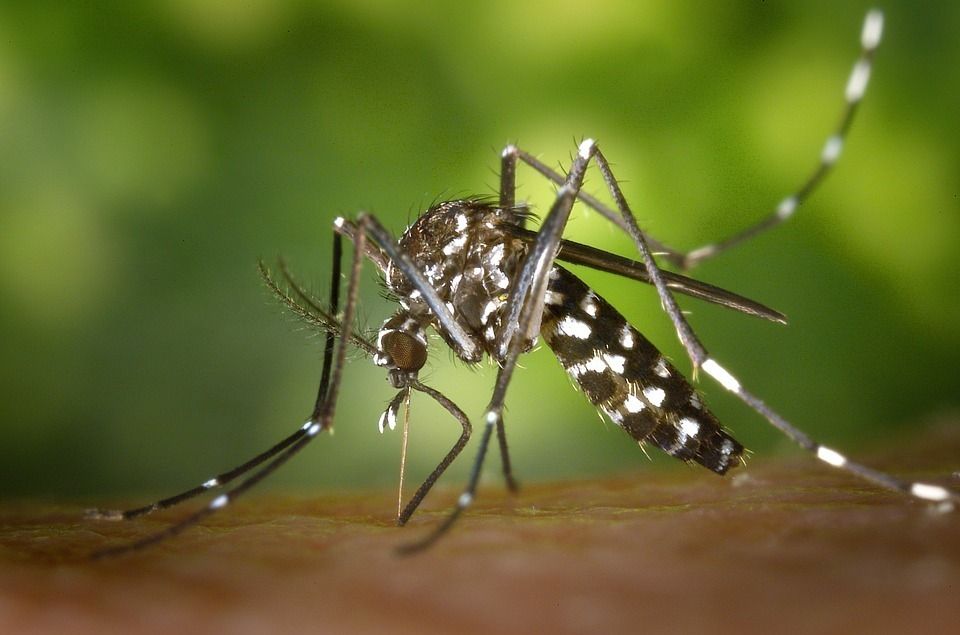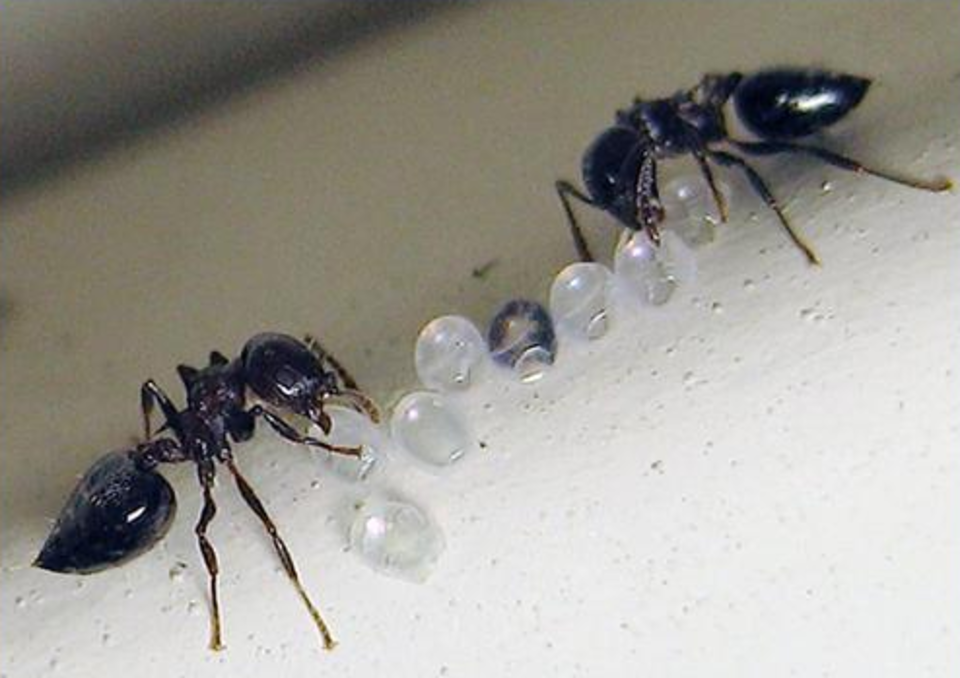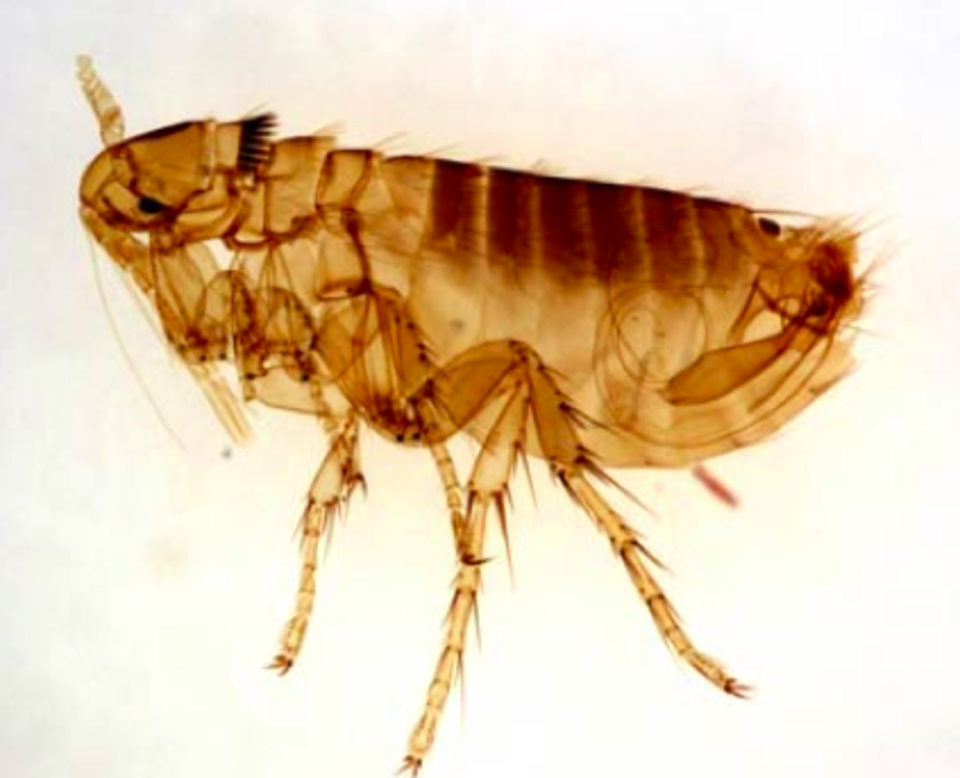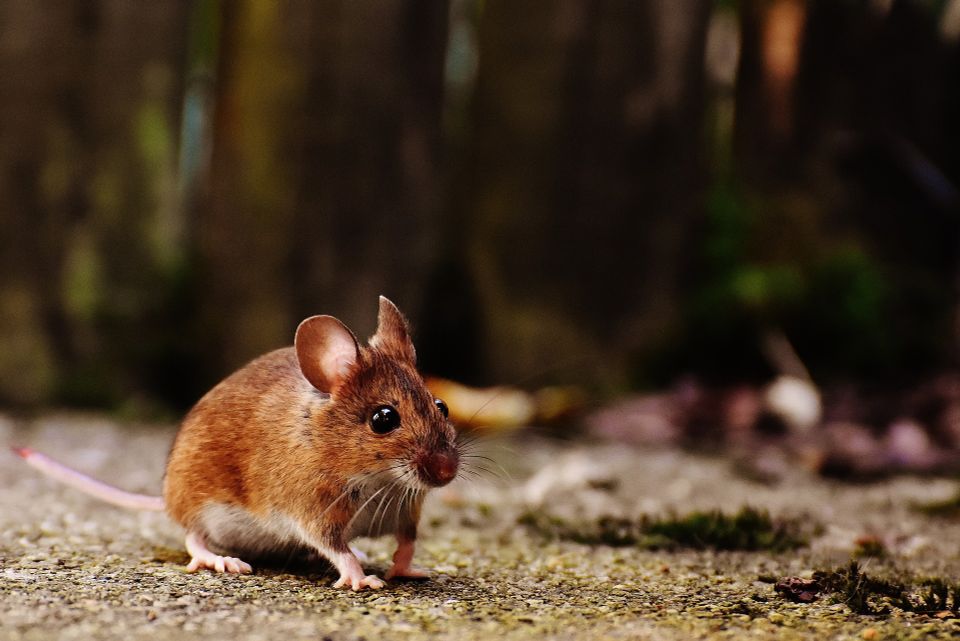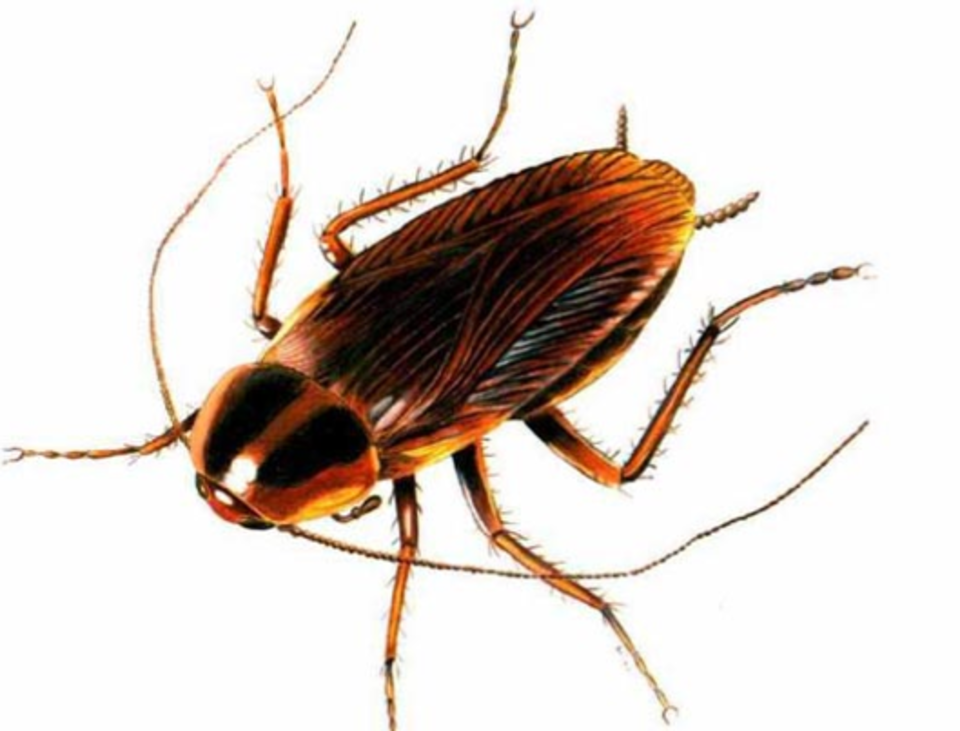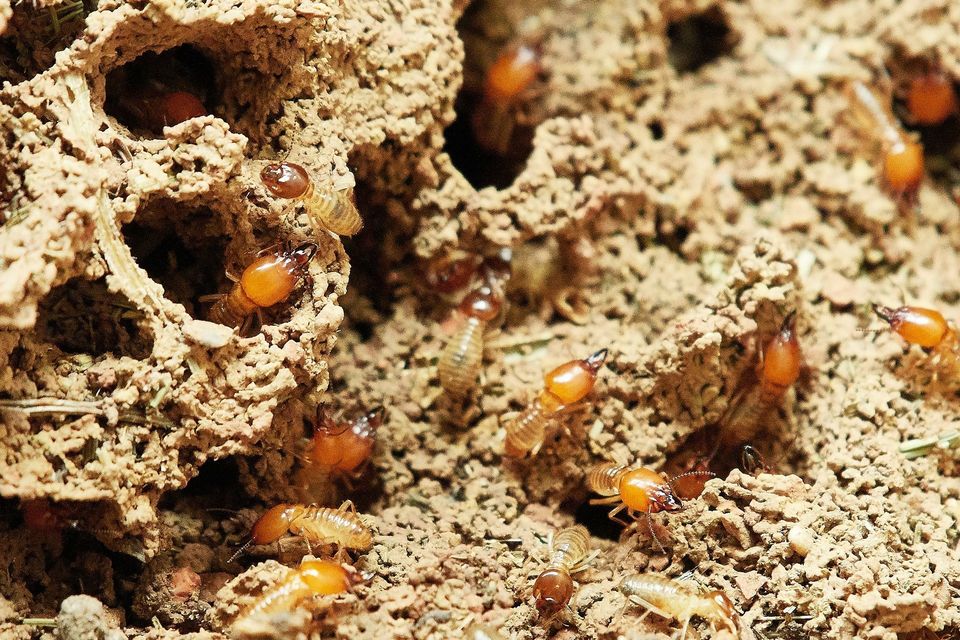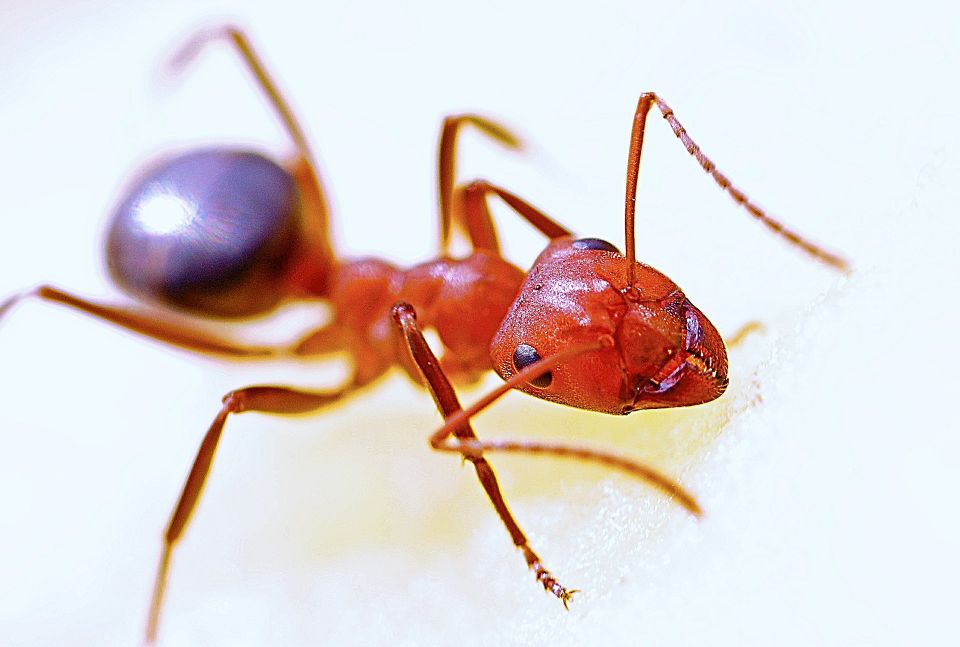
Ants
It is possible to find a lot of different kinds of ants in your home. Generally the problem stems from outside your home and the ants are making their way inside. They can set up a colony in different places such as wall voids, behind baseboards, even hollow doors...they are mostly in search of food. One foraging worker finds food and heads back to the colony leaving a trail for the colony to the food.

